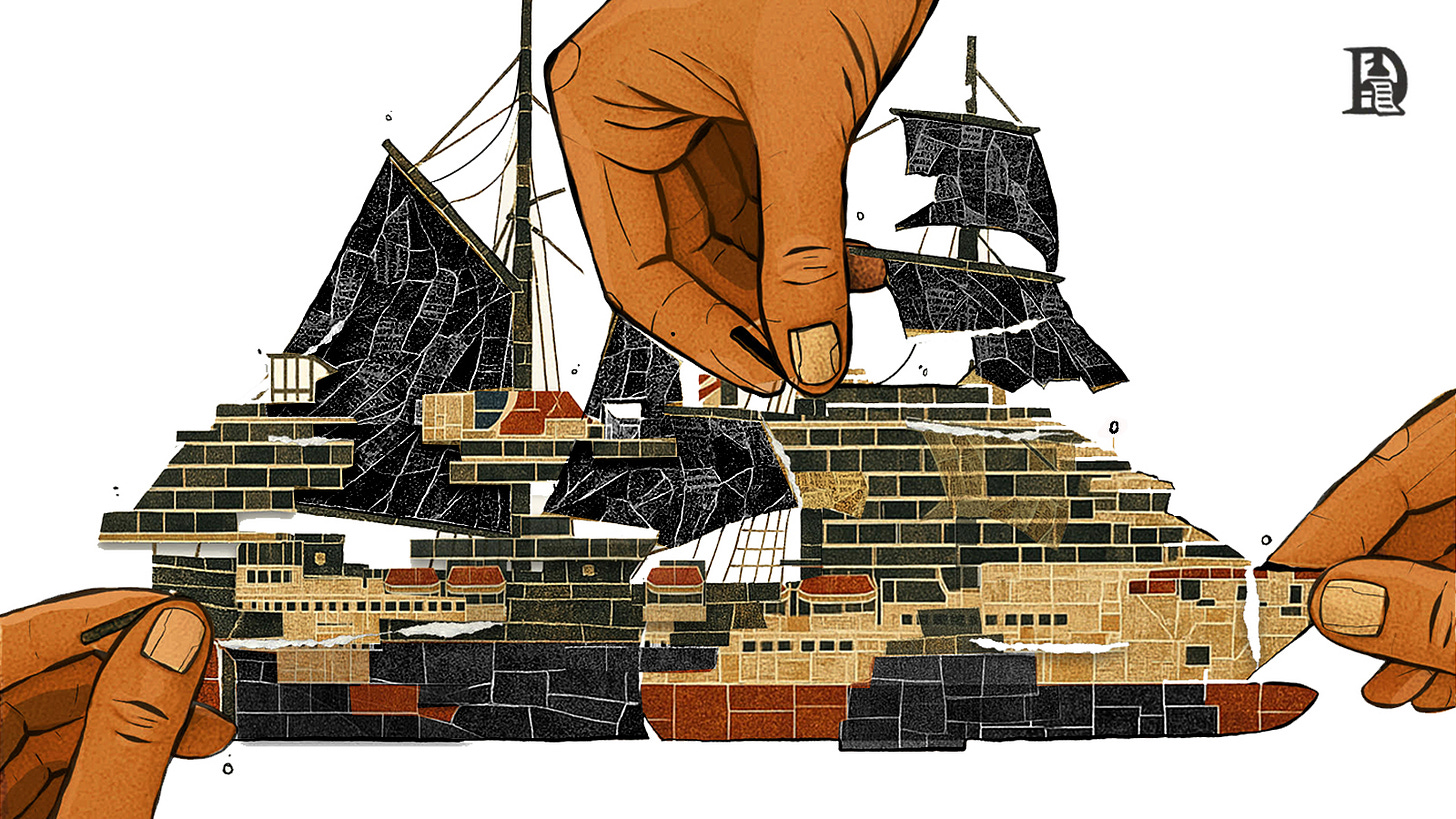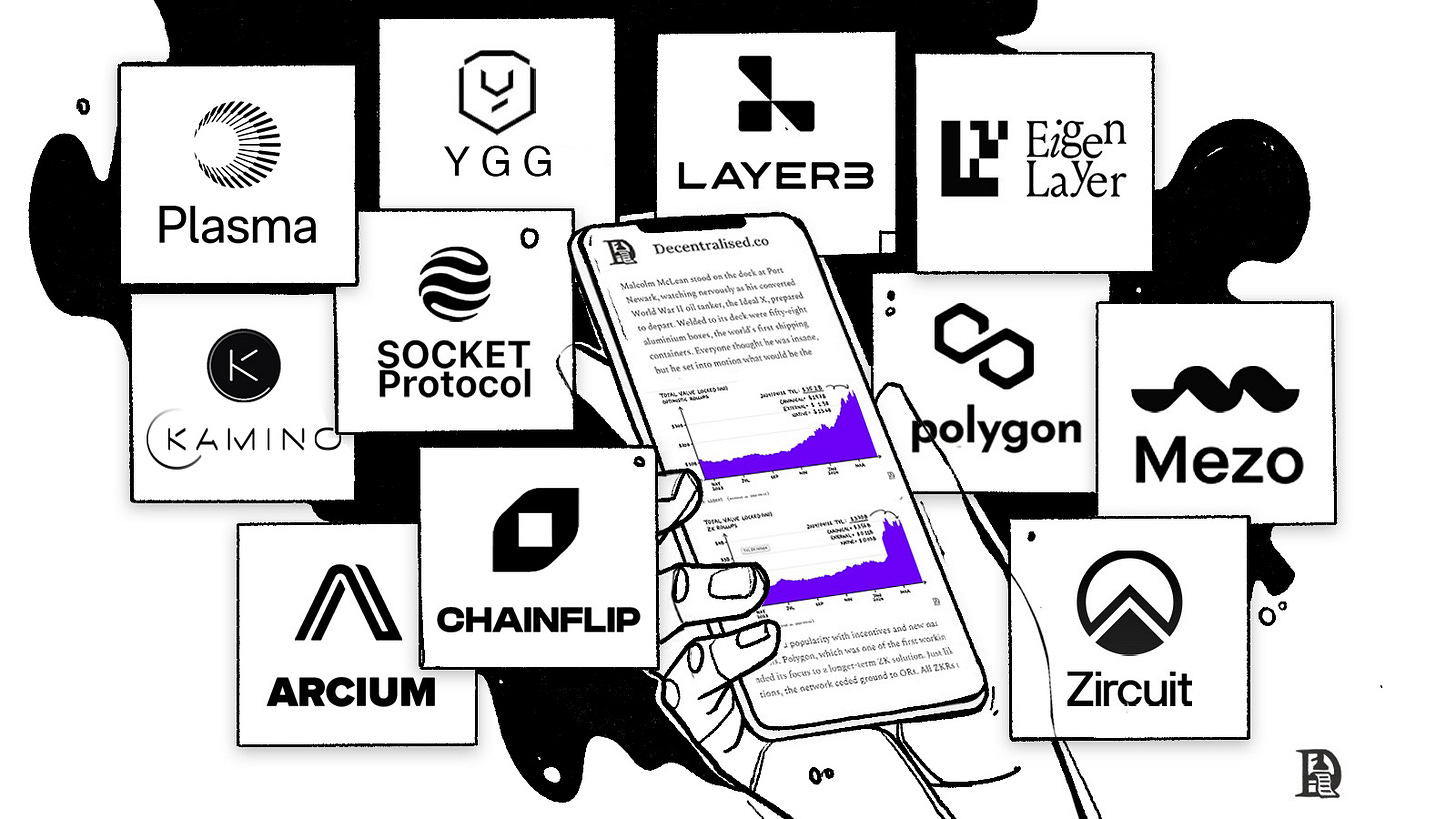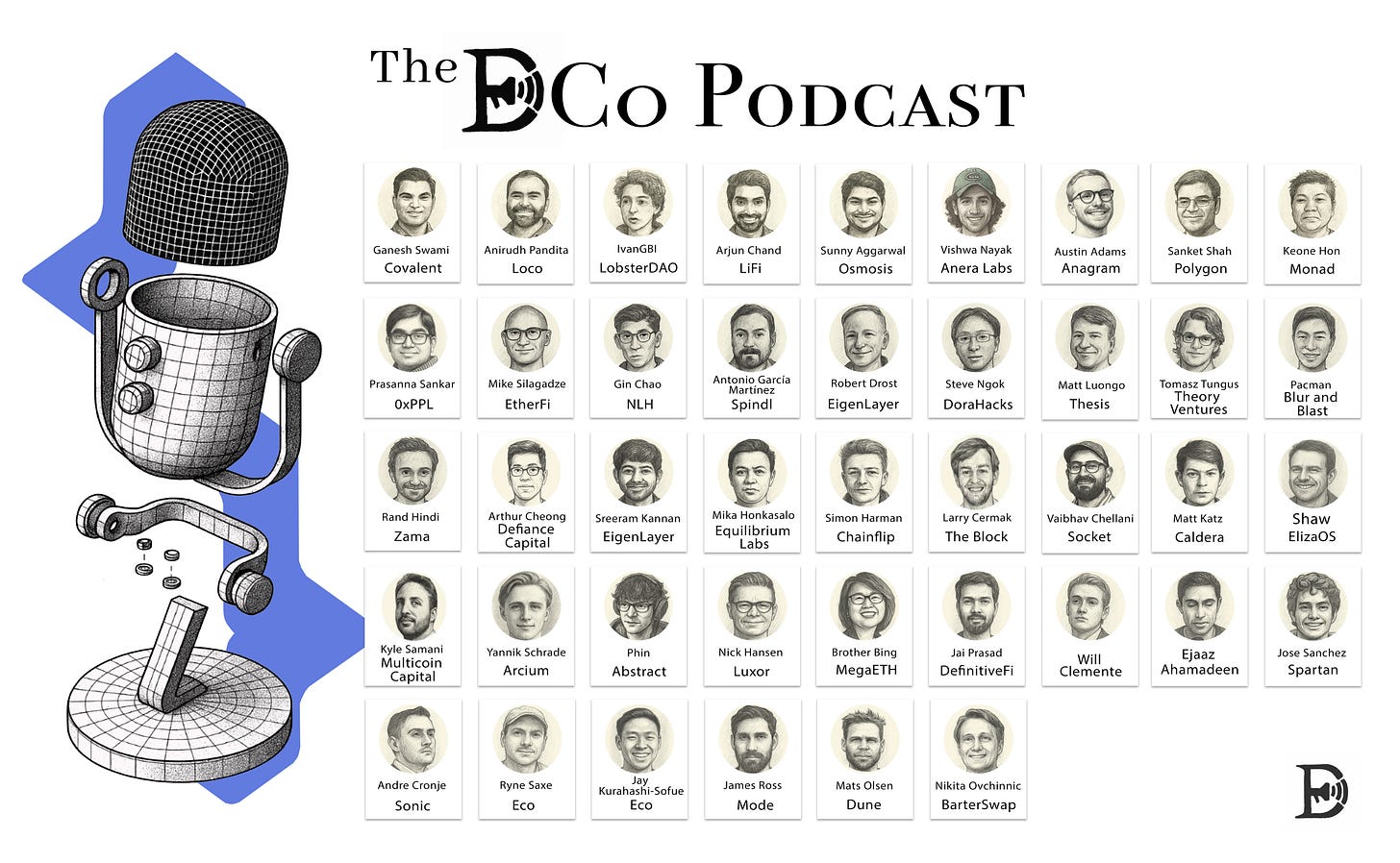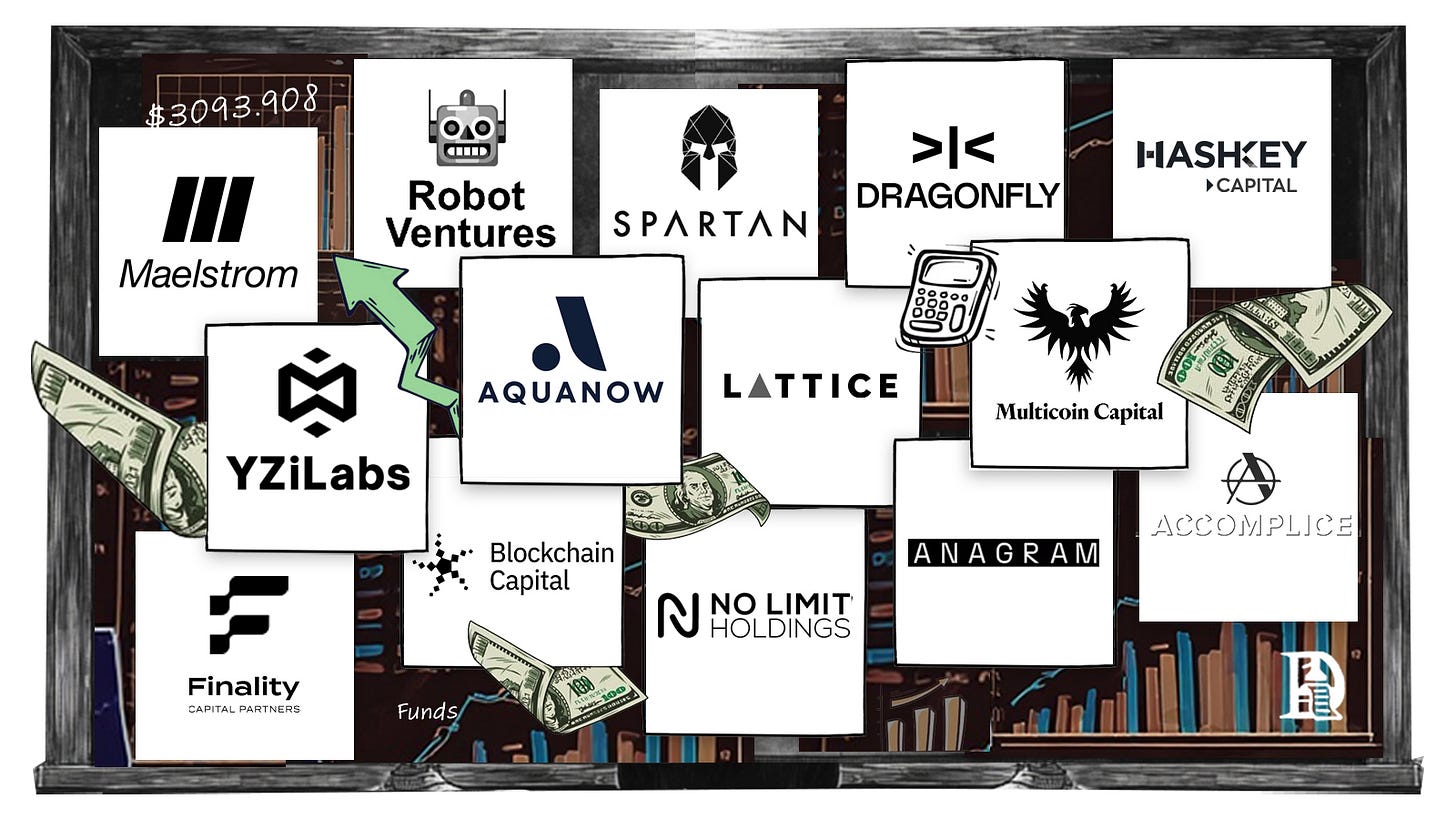What Do We Do?
Transaction Engines for Culture
TL;DR — I break down what we really do behind the scenes. We are known as a newsletter, but the mechanisms through which we monetise are advisory and consulting. I explain how that side of the business operates and provide details on how the experiment has played out after three years of building DCo. Along the way, I give a glimpse into how our portfolio of companies is doing. If you are a founder looking to work with us - as always, drop a note to venture@decentralised.co or slide into the DMs on our Twitter
If you are coming to Singapore, we have events on the 30th and the 1st.
Hey there,
I have written eight versions of this copy so far. Frankly, no amount of iteration is enough. Writers look at the world around them and find it easy to present the words to describe it. However, reflecting on and showing what one does is a bit of a struggle.
You can see this in our About Us page - which was last updated (checks note) - three years back. We rarely talk publicly about what Decentralised.co actually does. As we prepare for a week of networking, finding synergies and running out of social battery in Singapore, now is a good time to explain what we actually do.
Today, we take a break from regular programming to share context on the newsletter that arrives in your inbox from time to time, the motives that drive its writers, and the goals they strive for.
When we published our first article in January of 2023, the intention was simple: to create stories that deliver deep insights for founders, investors and the people building alongside them. Our reader persona has always been individuals who build things or those who invest in them. Operators and investors who were already in Web3. This meant that we traded virality for depth in our stories. An interesting pattern we have observed among many of our readers is that they bookmark our writing and revisit it multiple times throughout the month.
Most media platforms were doubling down on short-form media. Sid, Saurabh, and I made a contrary bet, likely because none of us came from a traditional media background. We committed to long-form storytelling, publishing in-depth articles that sometimes took forty minutes to read, for an industry starved of attention. It would have been a pitch that borders on sarcasm had we taken it to VCs.
At the time, the newsletter had 3,000 subscribers, so perhaps we never thought we would evolve into something that resembled a media outlet. We were friends, writing for friends - a sentiment you will still see in how we start and sign off on our emails.
It clicked, not in the sense that our readership grew to a million readers, but in the sense that it created a core network of high-density shakers and movers. Those making decisions, moving capital, shipping products, and shaping the industry’s direction. Influence overreach. As both operators and investors, we believed that producing thoughtful, well-researched content could compress years of learning and help push the industry forward.
Instead of sensationalism that garnered clicks, we opted for depth.
A choice we make repeatedly at the publication.
Changing Culture Through Conversation
A culture is the words spoken and left unspoken. It is the byproduct of the language we use to define what matters. In the past, language was defined by scribes. Today, it is done by journalists at prominent media outlets. The incentives are not straightforward for them to weave stories from the perspective of the man in the arena. Founders are often not equipped to tell their tale well because it is not what they do every day.
Modern media runs on volume: the more stories you publish, the more chances to capture attention. And that is what CMOs look for. However, you cannot produce stories with depth at an extremely high frequency. Thought takes time.
The conversations that uncover the hard choices founders had to make or the reasoning behind a user’s loyalty are rarely shared when you’re optimising for frequency. And that meant that the quality of discourse would suffer. Great discourse helps move culture. So, we focused on the conversations. Ones littered with candid vulnerability and a certain amount of empathy. It came easily to us because we hadn’t optimised for clicks. The value of a story was in the thought it produced in the reader’s mind.
We won the trust of some of the best founders in Web3 to craft stories that explained what went behind building behemoths. Our first story, written in collaboration with YGG, took us several months to write. Founders of Thesis, EigenLayer, Zircuit, Chainflip, Arcium, Layer3, and Socket trusted us to translate their technical advantages into stories that people could relate to. Earlier this week, we worked with the team to explain Plasma’s approach to mainstreaming stablecoins.
Firms often like to imply they can tell their founders’ “story”, but how do you put words to their emotion if you’ve never been an operator? Where do you get context on what it takes to crack open a new market if you’ve never done that yourself? We decided to blend storytelling with our experience as operators and investors in past lives. Our model worked only when we retained trust and attention, neither of which would happen if we focused on volume.
For instance, when we wrote about Layer3, we spoke to users from Russia, the US and India to understand their user psychology. We spoke with fifteen of YGG’s users to write a story about them. I spent three days in a gaming studio to write this story on product community flywheels alongside the founders of one of India’s largest gaming studios. We could take that time to have the necessary conversations, as the focus was on the people and their candid conversations. Over the past few weeks, Sid was in London speaking with a team that just had their token launched to deliver a story you read recently.
On average, a story we deliver takes six weeks to write. It is the exact opposite of fast-moving media that focuses on hyperbole. We speak to employees and users to put together the dots that make up the final story. Our edge comes from moving slowly and thinking hard in a mindless world that obsesses over speed.
We were juggling trust from two sources. First, from our readers, who trusted us to deliver research that was actionable, insightful and engaging. Second, from the founders, who needed help putting words to the scrambled bits of vision in their minds. That capacity is not built within a firm overnight. However, it was the price to be paid if we had to learn how to foster better discourse as a means to change culture within Web3. That trust does not come cheap.
It helps change the conversation from “10 REASONS WHY THIS COIN GOES UP” to here’s all the things being done right by this operator that you may not have noticed. We felt empowered to do it because we were willing to trade eyeballs for the right audience base. The kind of people who would eventually help these founders build meaningful things or go out and build things themself. That is why founders continue to collaborate with Decentralised.co.
Often, they use us to build bodies of work that are shared with internal stakeholders or potential backers. We are in a privileged position to speak with founders and help explain their businesses to the people working with them. Think of it as therapy for startups with a tinge of media.
It helps that we have remained bootstrapped and turned down a few acquisition offers over the years. One of the learnings we had is to avoid “alignment” games if good-quality research is the long-term intention. If we had raised venture funding early on - odds are high, we’d have been pushed to hire needlessly, push content down your throats and play games of hyperbole.
In early 2024, Saurabh elevated these conversations to a new level. We began work on a podcast that has now garnered over 60k downloads (excluding X views). Most of these were with either founders or investors who have scaled things. For instance, we had Arthur from Defiance join us to explain how liquid funds think about deploying. Luca Netz joined us to explain how culture and crypto blend. We also had Andre Cronje join us to explain what it would take to fix DeFi
At this point, we have three distinct media assets.
One is this newsletter, which usually publishes long-form, insightful research for founders and investors.
The second is our podcast, tuned in to by the brightest minds for conversations with a highly curated set of operators and investors.
The latest is a newsletter we acquired that had close to 20 million views last year.
What we have is a spectrum of attention that can be channelled towards helping scale companies. While the temptation to be a media firm is high, our vision is to cultivate a crop of companies that change the culture on the web as we know it. The research we do is the fuel that powers all of it.
Transaction Engines for a New Economy
We knew we had an oasis at hand. Much of what passes as research in crypto was behind paywalls—or churned out at high frequency. That meant that the finest beasts of the jungle would come together as a function of the content we put out. Over the last few years, our newsletter has successfully reached two-thirds of all active seed-stage funds and 400 enterprises. The network effects that come from having that kind of reach remained unexplored.
In 2023, we set out to create our venture network. As of the time of writing, it has nearly eighty active funds, including some of the best in the business. We do not charge fees on deals sent to them. Instead, we simply curate the best founders that come into our network and pass them on to these VCs. If we can bring together capital to aid founding firms, then we would help germinate a new crop of companies. If we do that consistently and for a long enough period, we will have changed the culture and delivered the most significant impact.
Our business model was tweaked slightly to address this observation. Many of the firms have raised money and gone on to build further from our writing work with Decentralised.co in three forms.
Advisory
Our portfolio of startups comprises twenty-one companies. We collaborate with them on market research and GTM strategies. This is typically not content published in the newsletter, but is specifically designed to aid founders in scaling what they build. We took minority stakes in these businesses instead of raw dollars. Think of it as a mechanism to convert IP and distribution to equity.
New Market Initiatives
We have been examining revenue and capital velocity over the past quarter to support growth-stage firms through our network of liquid funds and market makers. A new digital economy (like crypto) would need a new approach to infusing liquidity and finding business models. The best use of our minds is to aid with the creation, sustenance, and scaling of new markets. We are identifying market-makers that can be integrated directly into newly forming markets to enhance liquidity.
Consulting
Sid and I have had eight years of experience building, scaling and selling start-ups. In a previous life, he helped scale what is now a billion-dollar protocol. I used to structure “special situation strategies” at a market-maker. Founders at growth-stage firms often tap into that experience and the years of research we have conducted here to accelerate how they grow or tackle their hardest problems.
These are either startups that have raised large rounds, growth-stage enterprises or blockchains that have seen relative scale. We aid them in business model restructuring and GTM strategies. For founders, the benefit is having a partner who can handle onboarding talent, sourcing capital, or tapping into a body of research to aid internal teams. For us, the upside is in putting our theses into practice in large organisations that have scale. What’s the point in all our writing, if it can’t be put to meaningful use!
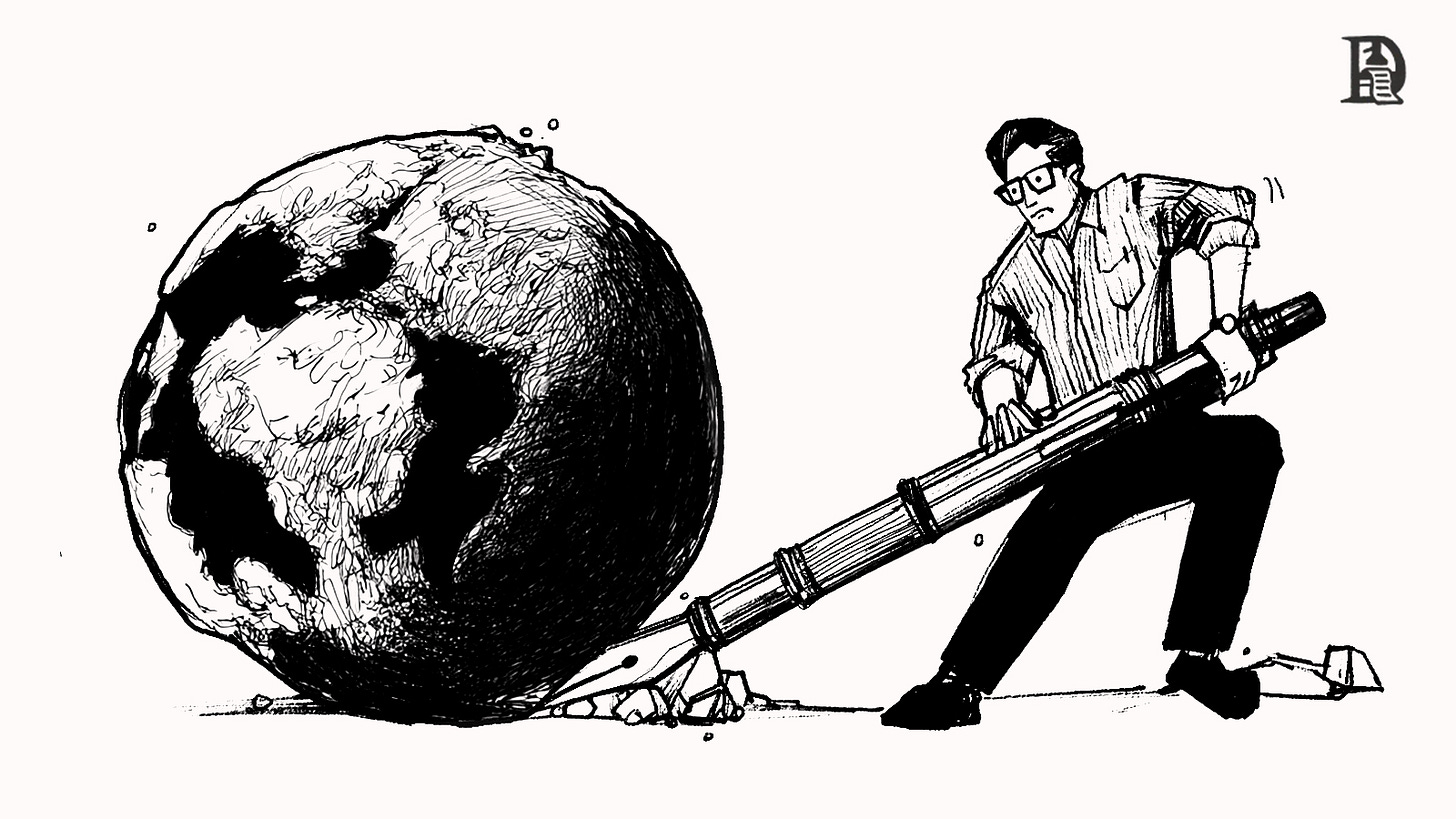
The Internet has always been a transactional economy. In Money Moves, I clarified that blockchains are designed to serve as rails for money, and the best products will compete based on monetary velocity. In culture, crypto and capital, I further argued that crypto and culture will intertwine to change how they operate. However, the teams that are positioned to research, distribute, and scale these new markets do not exist.
Founders navigate a complex web of market makers and shady agreements to scale their products, whether in gaming or Web3. The goal is to inspire, conceive, build, and scale these products. We don’t discuss this aspect of the business often, but I anticipate it will be a significant contributor to our revenue sources in 2026.
Our goal is to create tooling that takes stories and transforms them into transactional products. We were among the first to write about the Web3 gaming boom. Early to cover Telegram as a medium of distribution. We were among the first to study how data products will monetise. how interfaces will be crucial in the revenue model, and explore how AI products will use crypto for data. The best use of such talent is to collaborate with a network of capital allocators (hedge funds) and market-makers in scaling transactional products, while enabling founders to capture market share.
Think of it in terms of a flywheel. The research helps new founders tackle challenging problems. Capital allocation from our network of VCs helps them scale. Liquidity and expertise provided by hedge funds and market-makers help founders grow what they build. In effect, we can see a firm from inception to post-TGE operations.
Last quarter, we acquired another newsletter with close to 200k subscribers. Over the past year, it has garnered nearly 20 million views. This helps us position our portfolio of firms and internal experiments to a much larger audience. We are in the process of integrating it within DCo’s editorial processes. It has the same in-depth research, except it would be shipped daily for people who are not core to the industry. It helps us take things end-to-end—from research to a firm’s conception, investment and distribution.
These bets have paid off well. One of the firms in our portfolio is the largest distributor of digital gold in India. A gaming company we own minority stakes in serves 200 million users. A generative AI firm we collaborated with is among the top twenty of all GenAI content websites, according to A16z. A data platform we helped is currently home to 75,000 traders pushing billions in volume each week.
Knowingly or unknowingly, we have created a breeding ground for the next generation of companies transforming the web. And the way we engage with the culture is through the firms we aid in conception, scale, and relative market dominance. The farther these companies go, the less our reliance on being an attention economy business.
All attention is only as good as the intention it produces.
All intentions are only as good as the actions they generate.
Often, we write in depth, at a lower frequency - so they lead to the kind of actions that birth companies. It is less about how many eyeballs see it and more about who does what with the information.
In 2023, when we shipped that first draft, we did not have the means to plan any of this. Often, you create a new thing in pursuit of your passion. Bose, for instance, was the creation of a man’s passion for acoustics. Pixar was the byproduct of a desire to bring computing to movie-making. It helps not to bucket the new thing into what exists because that is how you kill the new before you have a chance. Maybe that is why it took us three years to explain what we do.
What is DCo? Perhaps it is the byproduct of a team’s passionate obsession with the evolution of the web, our markets, and the way culture intertwines in it all. The stories are the substrate that brings the people together. The companies we build, scale, and invest in are the ultimate expression of a lifetime.
Thinking of markets at the beach,
Joel John




